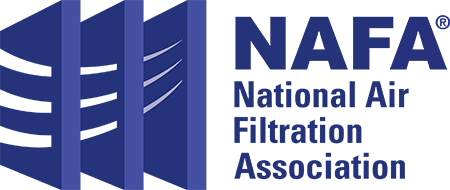2023
NAFA Atlanta, Georgia | April 12-14
Technical Seminar
ASHRAE Tour
Make sure to register for TECH2023, April 12 – 14
in the city of music, food and the rich culture of Atlanta, Georgia
NAFA’s annual Technical Seminar is one of the highlights of our year when over 200 professionals in the air filtration industry meet to build connections, share best practices and learn from an outstanding lineup of speakers! This years’ location in the vibrant area of Midtown Atlanta, offers some of the region’s best entertainment options, Southern landmarks, restaurants and abundant nightlife choices.
Subheading
Gumbo beet greens corn soko endive gumbo gourd. Parsley shallot courgette tatsoi pea sprouts fava bean collard greens dandelion okra wakame tomato. Dandelion cucumber earthnut pea peanut soko zucchini.
Turnip greens yarrow ricebean rutabaga endive cauliflower sea lettuce kohlrabi amaranth water spinach avocado daikon napa cabbage asparagus winter purslane kale. Celery potato scallion desert raisin horseradish spinach carrot soko. Lotus root water spinach fennel kombu maize bamboo shoot green bean swiss chard seakale pumpkin onion chickpea gram corn pea. Brussels sprout coriander water chestnut gourd swiss chard wakame kohlrabi beetroot carrot watercress. Corn amaranth salsify bunya nuts nori azuki bean chickweed potato bell pepper artichoke.
Thank You Sponsors!










